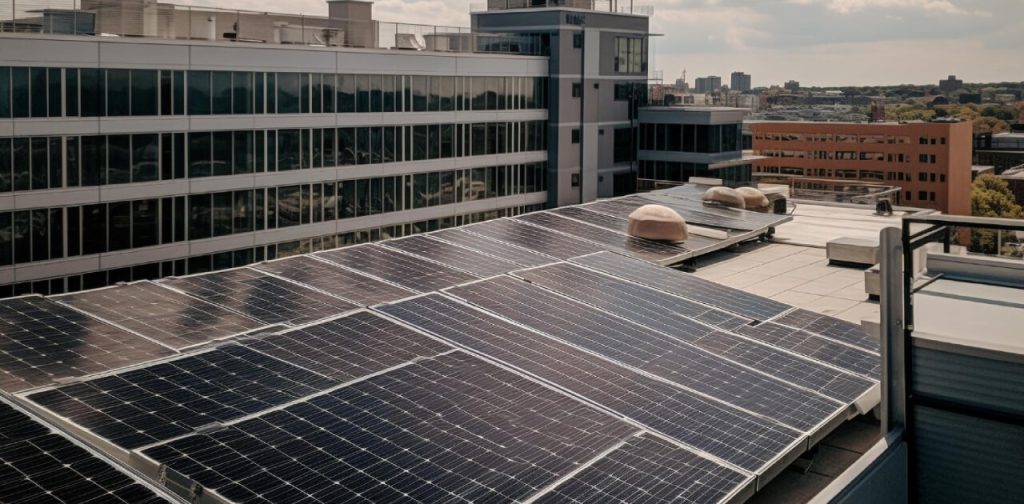Discover the Benefits of Solar Rooftop Installation: Sustainable, Cost-Effective, and Eco-Friendly Energy Solution for Homeowners
Installing a solar rooftop system is a wise investment that brings financial savings, energy independence, and environmental responsibility. Here’s a breakdown of the process:
- Site Assessment: A professional analyzes your roof’s condition, sunlight exposure, and potential shading to plan the perfect system size and layout.
- Design and Planning: Your installer creates a custom design, selecting the ideal type of solar panels, inverters, and other equipment to match your energy needs and goals.
- Obtaining Necessary Permits: Your installer navigates local building codes and secures required permits, ensuring your installation complies with all regulations.
- Equipment Procurement: High-quality solar panels, inverters, and mounting hardware are chosen. Look for reputable brands and warranties to ensure lasting performance.
- Installation: Experienced installers securely attach the panels to your roof and carefully connect wiring and inverters, creating the foundation of your solar system.
- Electrical Connection: A licensed electrician integrates your solar system with your home’s electrical panel, allowing for seamless power flow.
- Inspection and Grid Connection: Your completed system undergoes a thorough inspection. Once approved, it’s connected to the grid so you can start generating and potentially selling excess energy.
- Testing and Commissioning: The system is fully tested to verify the optimal performance of your panels, inverters, and monitoring tools.
- Monitoring and Maintenance: A monitoring system tracks your energy production and flags any potential issues. Simple maintenance (cleaning panels, checking connections) helps keep your system running at peak efficiency.
- Final Documentation and Incentives: You’ll receive warranties, system documentation, and guidance on claiming available rebates, tax credits, or other incentives to boost your savings.
Why Choose Solar Rooftop?
- Reduce Electricity Bills: Save big on your energy costs year after year.
- Environmental Stewardship: Minimize your carbon footprint and help create a greener future.
- Increase Home Value: Solar installations often increase property value.
- Reliability: Modern solar systems are durable and low-maintenance.
- Protection from Rising Rates: Lock in a lower energy cost for the long term.




